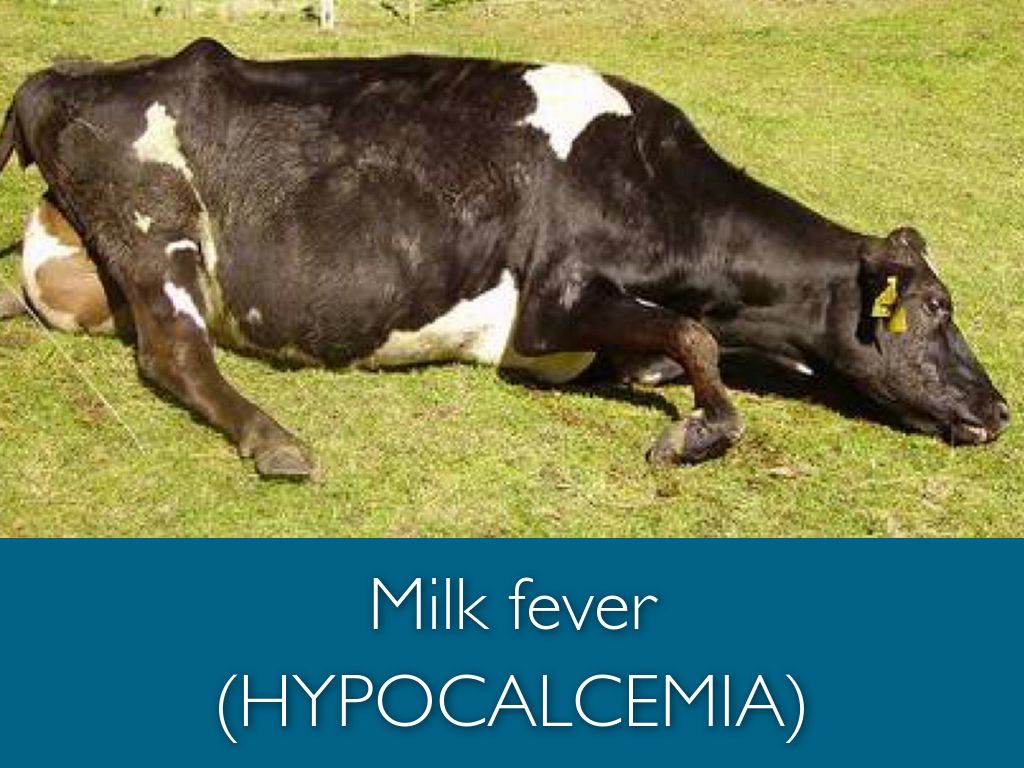Milk fever, also known as parturient paresis, is a common problem that can affect livestock animals, particularly cows, after giving birth. This condition is caused by a deficiency of calcium in the blood, and it can lead to serious health problems if left untreated. In this blog post, we'll discuss the causes, symptoms, and treatment options for milk fever in livestock animals, and provide tips for preventing this condition in your herd.
Milk fever is most commonly seen in cows that have recently given birth, although it can also occur in other livestock animals such as goats and sheep. It is typically caused by a sudden increase in the demand for calcium during the last stages of pregnancy and the early stages of lactation. This demand can be met by the body's reserves of calcium, but if these reserves are insufficient, the animal may develop milk fever.
Symptoms of milk fever include lethargy, weakness, and difficulty standing or walking. In severe cases, the animal may collapse or go into convulsions. If left untreated, milk fever can lead to serious complications such as mastitis and reduced milk production, as well as an increased risk of injury or death.
Treatment for milk fever typically involves administering calcium supplements to the animal and providing supportive care, such as feeding and hydration. In severe cases, the animal may need to be hospitalized for intensive treatment.
To prevent milk fever, it is important to manage the animal's diet and nutrition during the last stages of pregnancy and the early stages of lactation. This may include providing additional calcium supplements or adjusting the ration to meet the animal's increased nutritional needs.
Keywords: Milk fever, Parturient paresis, Livestock health, Calcium deficiency, Cows, Goats, Sheep, Pregnancy, Lactation, Nutritional management, Calcium supplements, Mastitis, Reduced milk

